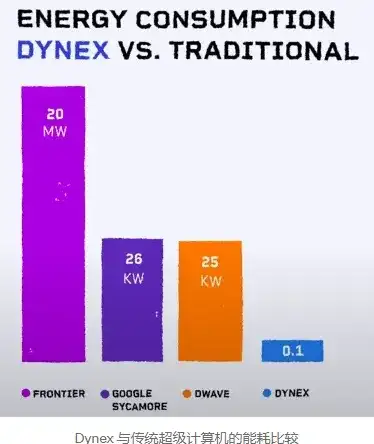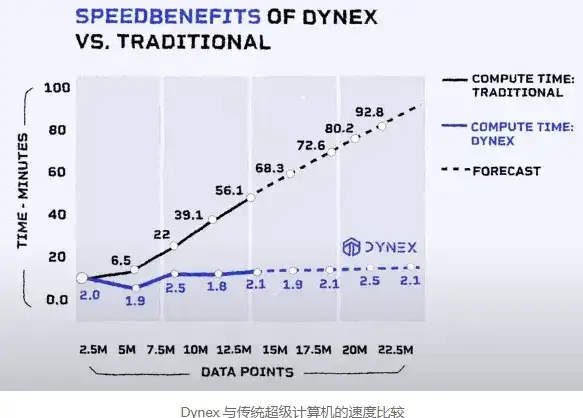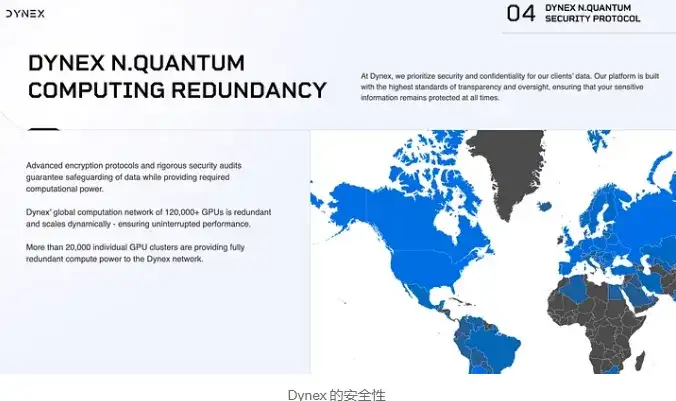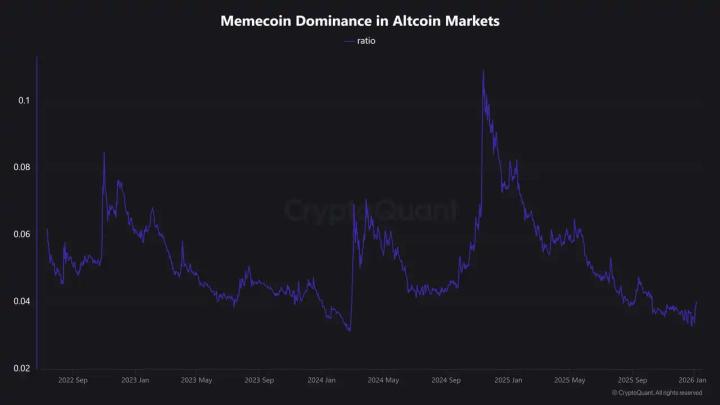Dynex’s innovative solutions and achievements are often overlooked due to the lack of technical knowledge among the average crypto investor. mikro tells us why Dynex is set to take the quantum computing world by storm, far ahead of all competitors.
01The technology has been realized and implemented
Dynex is the world's only accessible neuromorphic quantum computing cloud that can solve real-world problems at scale.
02Cost Efficiency
The price of using the Dynex computing platform starts at $99 per month (1,000 quantum gates) and goes up to $69,000 per month (1,000,000 quantum gates). Imagine having access to one of the world's most powerful supercomputers and a record-breaking quantum computer for just $99 per month. To put it in perspective, if you need a traditional supercomputer to complete a computational task with 20M data points, it would cost about $50 per task. With Dynex, it only costs about $10, and even better, the more data points the task has, the more that cost savings increases. This makes Dynex 90% less expensive than traditional supercomputers and current quantum computers. In addition, Dynex has no initial setup costs and can be put into use immediately.
03Energy Efficiency Perhaps most impressive of all is Dynex’s ability to reduce energy consumption and adapt to any computing task. Dynex is 250 times more energy efficient than DWave, 260 times more energy efficient than Google Sycamore, and 200,000 times more energy efficient than Frontier. This is because neuromorphic quantum computing has inherent advantages. Neuromorphic Computing Design : Neuromorphic computing mimics the neural network structure of the human brain and is inherently more energy efficient for certain types of computing, especially those involving pattern recognition and parallel processing. This design can process data more efficiently while significantly reducing power consumption compared to traditional supercomputers based on the von Neumann architecture. Optimizing GPU Usage : Dynex utilizes idle or underutilized GPUs in existing infrastructure to perform neuromorphic computing through its Proof of Useful Work (PoUW) algorithm DynexSolve. This approach maximizes the use of existing resources without the need for additional energy-intensive hardware, thereby reducing overall energy consumption. Matching Energy to Task Requirements : The Dynex platform dynamically adjusts energy consumption based on the specific computing task being performed. This means that energy usage is precisely matched to the number of GPUs required for the task, ensuring that no excess energy is consumed. This fine-tuning results in significant energy savings, especially when compared to traditional supercomputers that often run at full capacity regardless of the actual workload. Reduced Overhead and Cooling Requirements : Traditional supercomputers require extensive cooling systems and infrastructure to manage the heat generated by their dense components. In contrast, Dynex's decentralized and distributed architecture reduces the need for such intensive cooling solutions. By leveraging existing GPU infrastructure dispersed across different locations, cooling requirements are minimized, further improving energy efficiency. Decentralized Architecture : The decentralized nature of the Dynex platform allows for distributed computing, which can improve energy efficiency because it spreads the computing load across multiple nodes. This approach reduces the concentration of power consumption and heat in a single location, thereby reducing overall energy consumption.

Add a picture comment, no more than 140 words (optional) 04 Performance
Dynex has proven many times that it is already one of the most powerful supercomputers in the world, beating big names like NVIDIA in computing tasks and even setting new world records in benchmarks. In fact, Dynex is setting new benchmark standards for the industry because it is so far ahead of its competitors that it directly maxes out in most benchmarks or the competitors' columns are almost invisible compared to Dynex. Dynex offers: 125,000+ GPUs powering the network, $30M+ worth of hardware infrastructure (almost as much as its market cap), 30 PetaFlops, 10M+ Qbits, 4B+ quantum gates, and 20k+ GPU clusters. With such a large infrastructure and computing power, Dynex is able to complete computing tasks much faster than traditional supercomputers. For a computing task of 20 million data points, Dynex only takes about 2.2 minutes to complete, while traditional supercomputers take about 75 minutes to complete the same task. This gap will only increase as the number of data points increases. But how can Dynex be so fast? This again comes down to the nature of the quantum computing cloud, which is unique to Dynex.
Neuromorphic computing efficiency : Neuromorphic computing aims to simulate the brain's neural networks, enabling highly parallel processing and efficient data processing. The architecture excels in tasks involving pattern recognition, optimization, and real-time processing, and is faster than the linear and sequential processing of traditional supercomputers.
Optimizing GPU Utilization : Dynex uses DynexSolve, a Proof of Useful Work (PoUW) algorithm, to convert idle GPUs into neuromorphic computing units. This optimized utilization of existing GPU infrastructure enables massively parallel processing capabilities that outperform the centralized and fixed capacity nature of traditional supercomputers.
Decentralized Supercomputing Network : The decentralized architecture of the Dynex platform allows for distributed computing across a network of nodes. Compared to the centralized structure of traditional supercomputers, this distribution reduces bottlenecks and allows for multiple tasks to be processed simultaneously, increasing overall speed and efficiency.
High Scalability : The scalability of the Dynex platform makes it easy to add more computing power by incorporating more GPUs into the network. This capability means that as computing needs grow, the system can scale accordingly, maintaining high performance without facing the limitations faced by fixed-capacity supercomputers.
Reduced latency : By leveraging a distributed network, Dynex can reduce the latency associated with data transfer and processing. This is particularly beneficial for real-time applications and large-scale simulations, where minimizing latency is critical to performance.
Advanced Algorithms and Software : Dynex uses advanced algorithms and software optimized for neuromorphic and quantum computing, which can solve certain types of problems more efficiently than the classical algorithms used by traditional supercomputers.

Add a caption for the image, no more than 140 characters (optional)
05Safety
Dynex ensures strong data protection and computing power through advanced encryption protocols and strict security audits. The entire network communication is encrypted with AES-256, providing state-of-the-art security for computing tasks. A unique fingerprint recognition system blocks potential malicious code, and fuzzy tasks are reviewed by the Dynex Moonshots Ethics Committee to assess their suitability. Dynex guarantees data security and provides the necessary computing power through advanced encryption and strict security audits. Its global computing network consists of more than 125,000 GPUs, which are dynamically scalable and fully redundant, and a cluster of more than 20,000 independent GPUs ensures uninterrupted performance.

Add a caption for the image, no more than 140 characters (optional)
06Ubiquitous: Seamless Integration
The Dynex computing platform is easily accessible to everyone at https://www.dynex.co. The reason for this is that Dynex has its own SDK. This is a set of open source Python tools designed to solve difficult problems using n.quantum computing. This helps to seamlessly manage the communication between the application code and the n.quantum system.
Programmers familiar with quantum gate circuit languages (such as Qiskit, Cirq, Pennylane, OpenQASM) or quantum annealing tools (such as the Dimod framework, PyQUBO and other QUBO frameworks) will find it easy to run calculations on the Dynex neuromorphic computing platform. The Dynex SDK supports both quantum circuits and quantum annealing, but without the typical limitations associated with traditional quantum machines. This way: Dynex is easy to use and access through seamless integration with the Python development environment and support for a large number of common libraries.
07Moat: Dig deep holes and store food
The entire field of quantum computing is very new and is still testing its opportunities and limitations. Acceptance, not just from investors but also from the scientific and business communities, will not come in days or weeks. It must build up over many years before it is fully accepted. Dynex has already made great strides in gaining acceptance and customers. It has patents on parts of its technology, has more patents pending, and has even had several papers published in peer-reviewed scientific journals.
On the business side, Dynex has already secured numerous clients and partners, including Vee Technologies (part of the Sona Valliapa Group, a global conglomerate with more than 15,000 employees), Bluebell Index, Recyclego, Resilienture, etc. In addition, it has received positive endorsements from Bibop Gresta (co-founder of HyperloopTT and founder of Hyperloop Italia), etc.
Dynex is not only building the cutting edge of accessible quantum computing, but is also developing next-generation quantum encryption (in which the largest U.S. banks have already shown interest), quantum large language models, quantum operating systems for robot manufacturers, quantum applications on Dynex, quantum nodes, and more.
More than 50 employees worked day and night to make this vision a reality.





